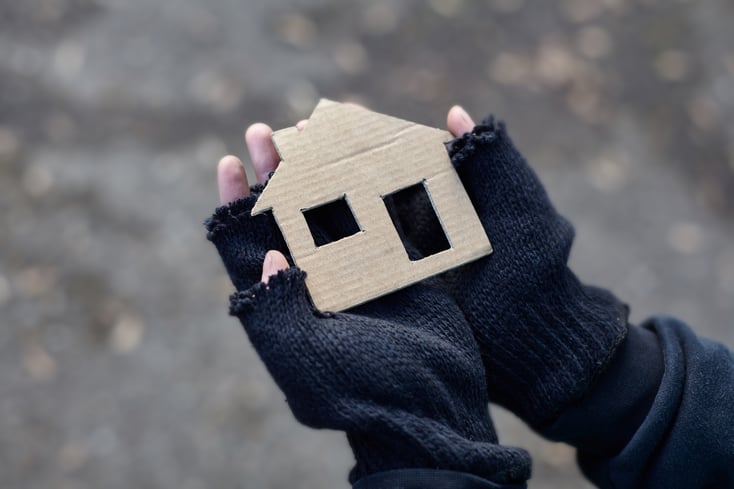
On any given night in the United States, around 41,000 unaccompanied youth and young adults ages 12-25 experience homelessness, along with an estimated 4.2 million young people every year. Many factors lead to adolescents facing this growing issue.
The Staggering Statistics of Youth Homelessness
Youth homelessness is gradually increasing and often goes unreported. It can stem from a variety of different reasons. One of the main causes of youth struggling with homelessness is household dynamics. Over 50% of homeless minors are asked by their parents or guardians to leave the home. This places youth who are homeless at a higher risk of experiencing negative consequences later in life, like mental health disorders or trauma. Secondly, economic hardships play a role in why youth struggle with finding safe spaces to stay. Limited employment options, family financial crises, and insufficient wages are just a few reasons why economic problems can place teens on the streets. Lastly, residential instability is the third main cause of youth having a lack of shelter. The cost of living is high, especially with unaffordable housing, and many individuals are displaced after leaving foster care or juvenile detention. One study notes, more than one in five young people who arrive at a shelter come from foster care.
Sadly, there are many staggering statistics for adolescents who face homelessness. According to a report by the Administration for Children and Families, 61.8% of homeless youth reported depression, 71.7% reported having major trauma such as physical or sexual abuse, 79.5% experienced symptoms of post-traumatic stress disorder for more than a month, 69% struggled with mental health disorders, and 50% were involved in the juvenile justice system. Preventing youth from becoming homeless can ultimately decrease these numbers.
An Epidemic and Pandemic
In 2017, the U.S. Department of Health and Human Services declared the opioid epidemic a public health emergency. You may wonder, how is this contributing to youth homelessness? Well, researchers have observed multiple factors that contribute to the rise of substance misuse and youth out-of-home placements. The Children’s Bureau has reported that the number of adolescents involved in the foster care system is increasing, driven by parent drug abuse, more than any other factor. But the effects are not limited to adult substance abuse. Research estimates that 39% to 70% of homeless youth misuse drugs or alcohol, which is two to three times higher than non-homeless youth. This startling statistic can also be a contributing factor to the drug epidemic.
Mixed with a global pandemic, youth homelessness is surging. Not only are these young people at a higher risk for testing positive for the Coronavirus but also are alone without safety, stability, or support. An article from the Journal of Adolescent Health, The Urgent and Growing Needs of Youths Experiencing Homelessness During the COVID-19 Pandemic, found that homeless minors experienced a high frequency of symptoms of emotional distress, decreased ability to meet their basic needs, increased substance use, and decreased access to services to address their basic needs and their mental health during the pandemic.
Homelessness Prevention Services
It's hard for any individual to focus on positive mental health strategies, good hygiene skills, education, and navigating daily life with current events surrounding them when there is not a stable environment to come home to. Services and resources are becoming more widely available to youth experiencing homelessness as more awareness is brought to this hidden problem.
Many organizations are working together to help prevent youth homelessness. Programs like Multisystemic Therapy help serve teens who are at risk of out-of-home placement and young people transitioning out of foster care or juvenile facilities. MST therapists work with youth and their families in crises by intervening early, specifically when housing threats are detected. To learn more about how MST works with families, download this report.
In a time where adolescents are already struggling physically and mentally, it is important to raise awareness for youth who are or have experienced homelessness.
Multisystemic Therapy is a proven intervention for at-risk youth and families and can address many of the underlying behaviors that can potentially drive youth to leave home. For more information, click here.

